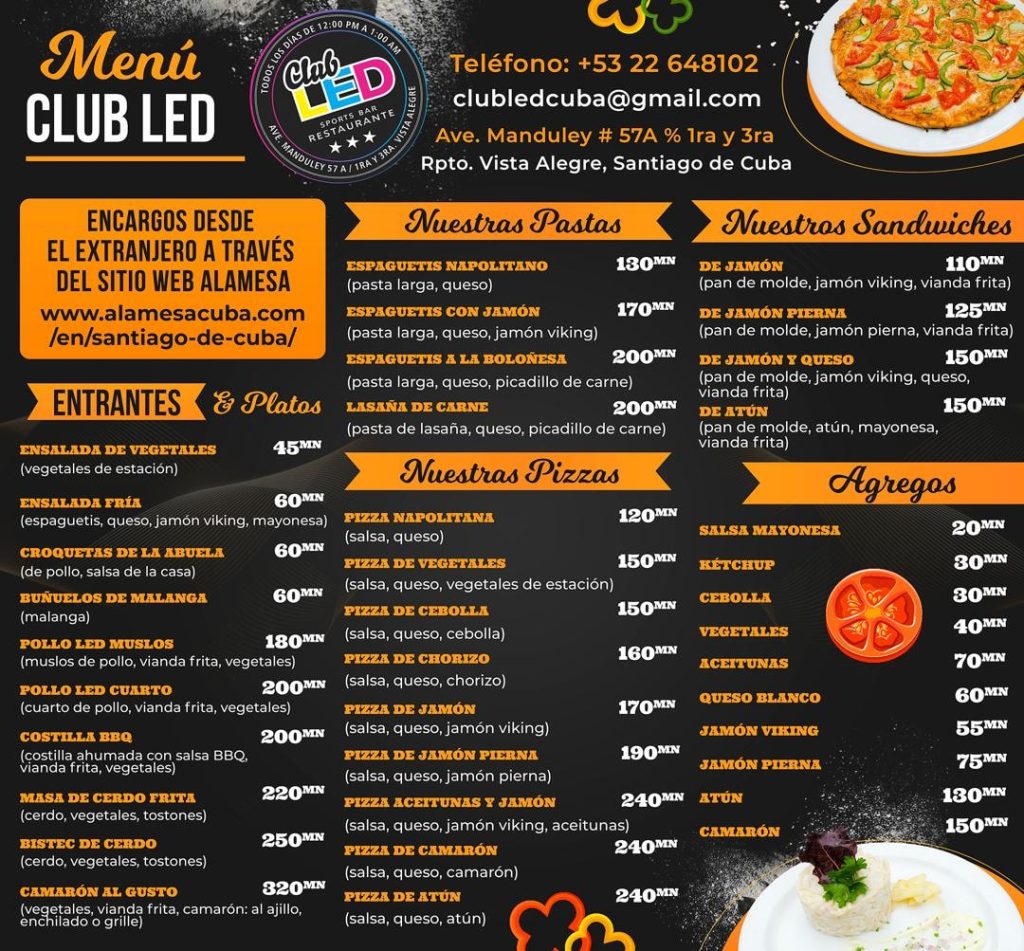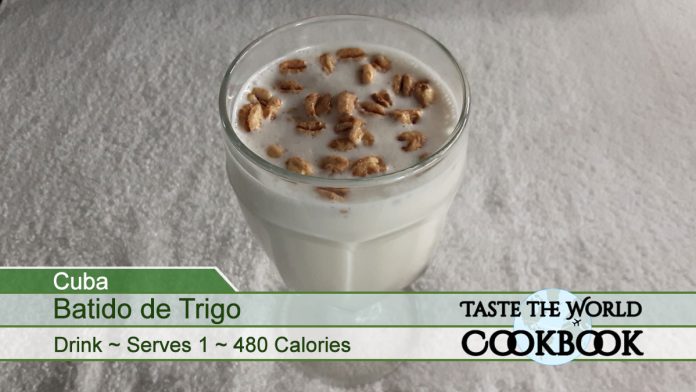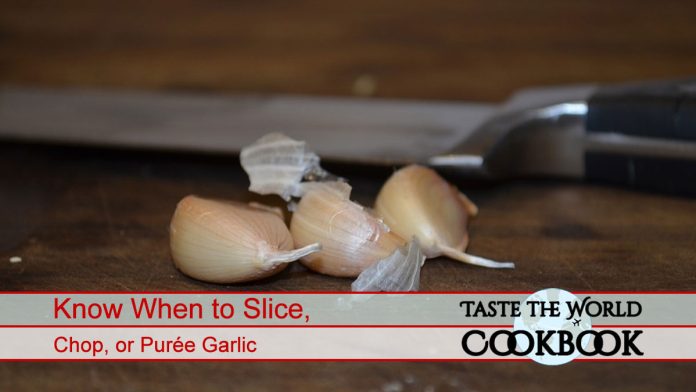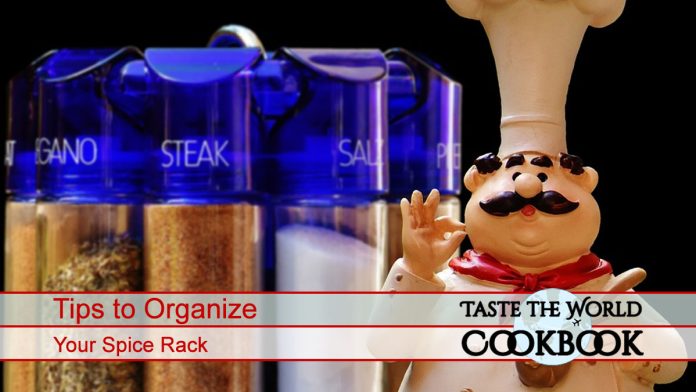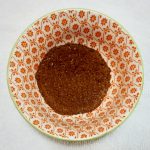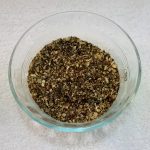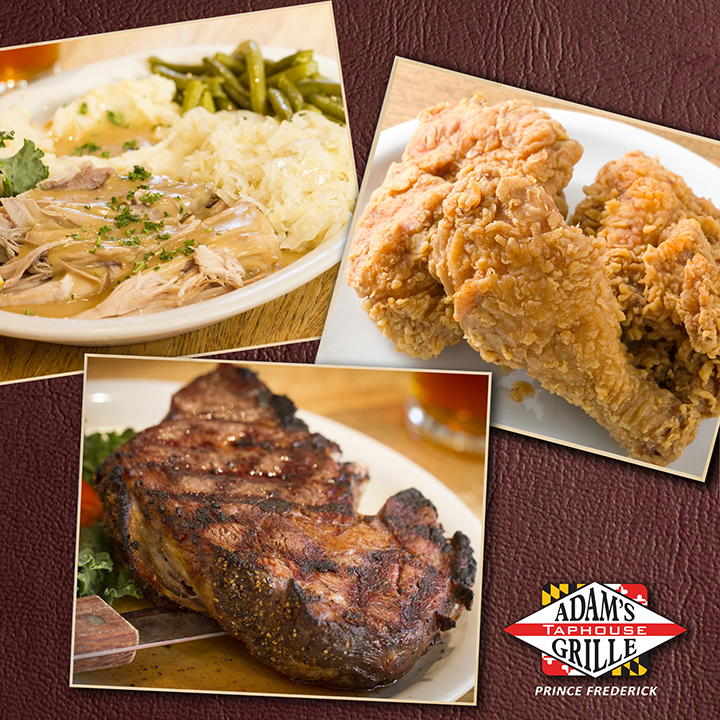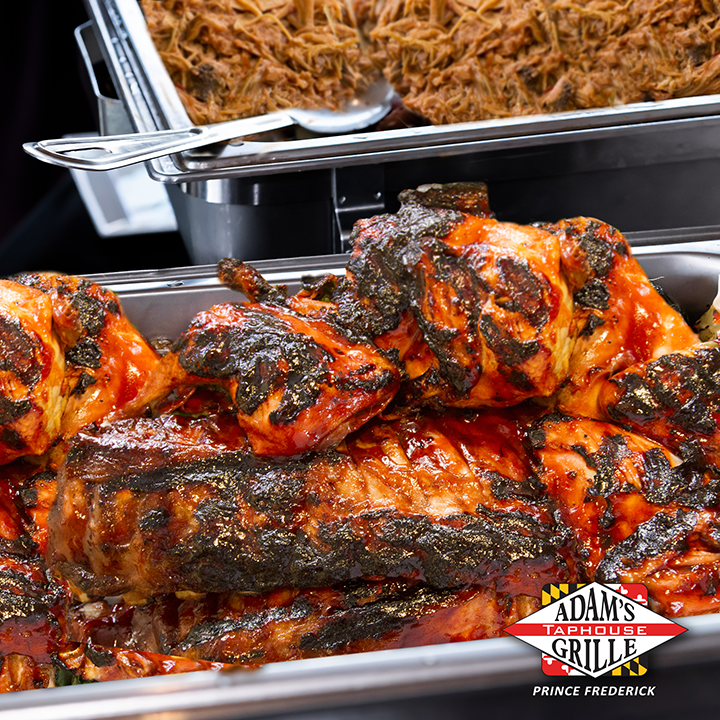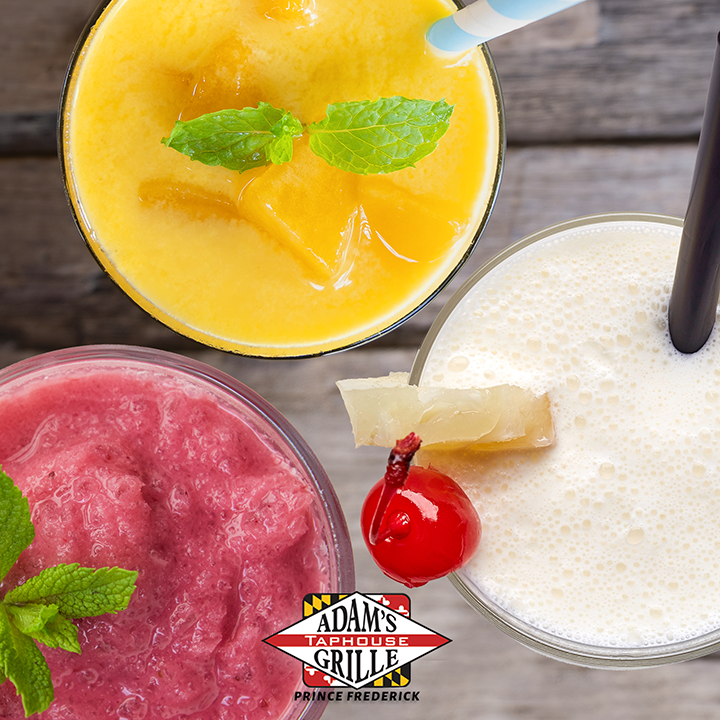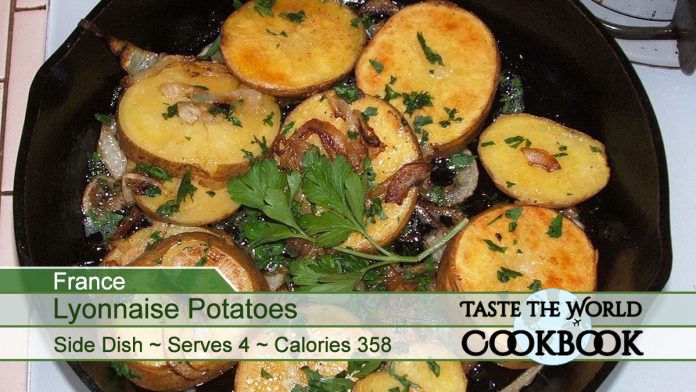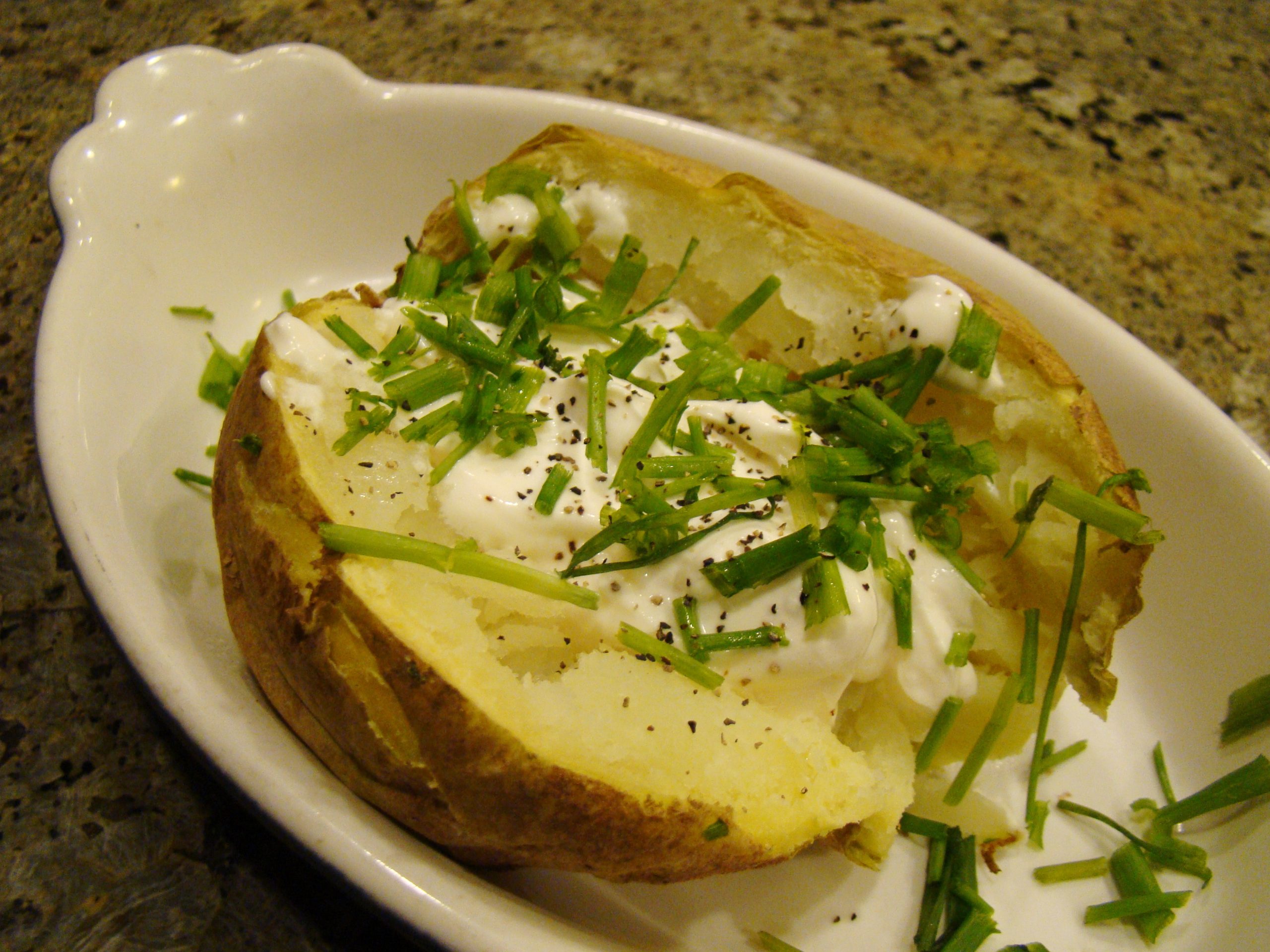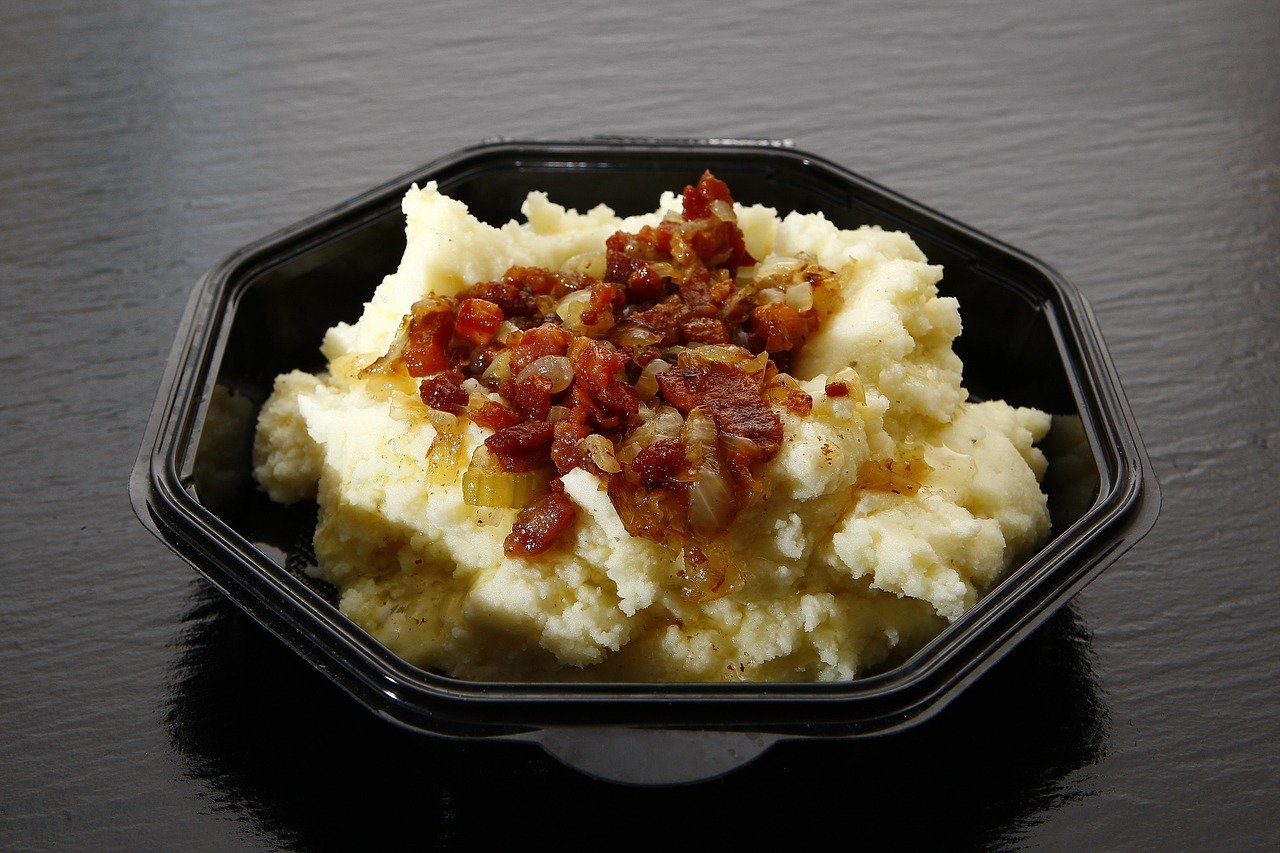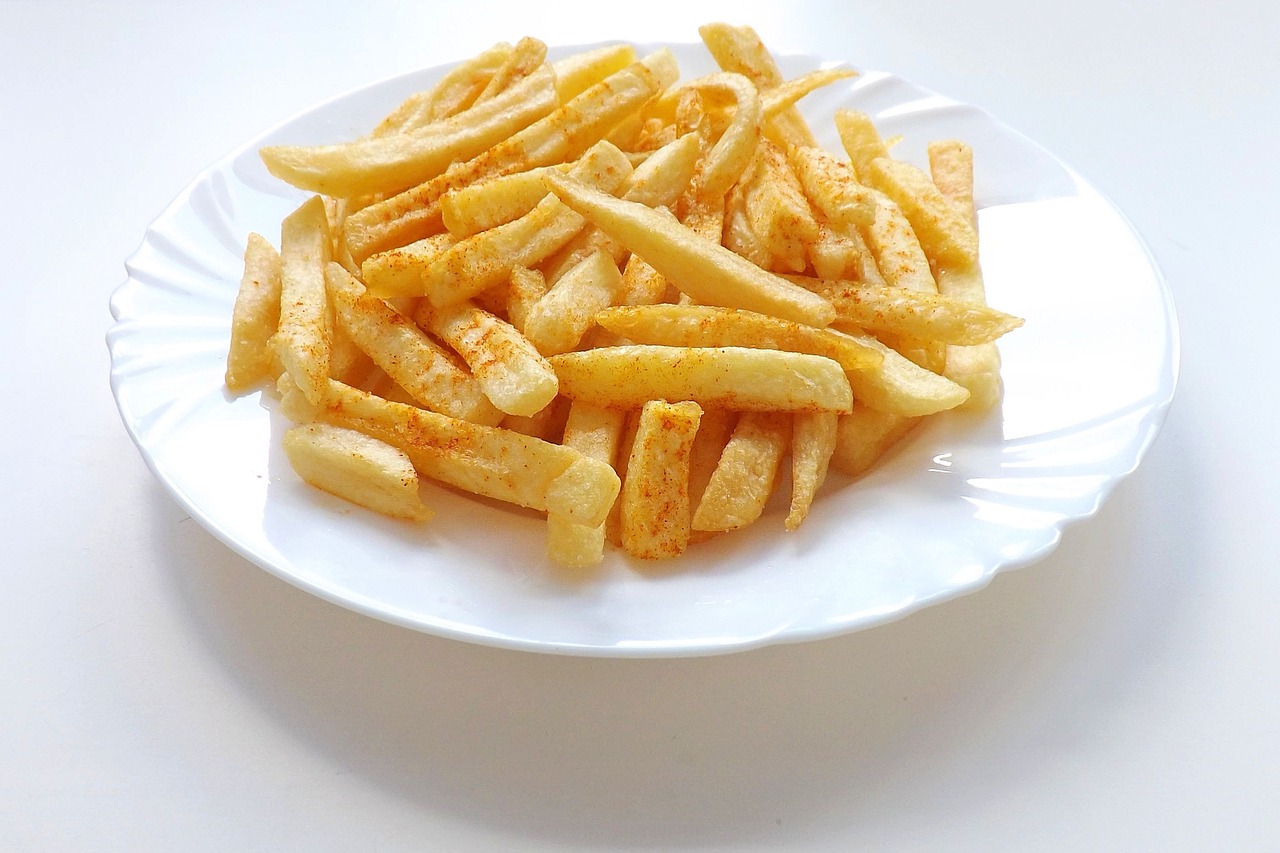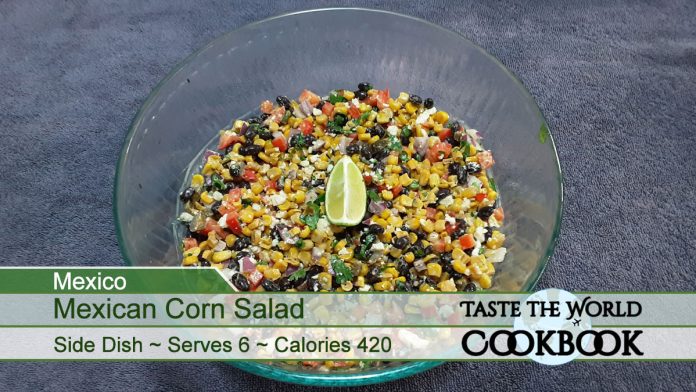Indulge in the delectable flavors of Garlic Roast Chicken with White Wine Sauce, a recipe that promises a mouthwatering feast. This Sydney, Australia-inspired dish combines tender roast chicken, generously coated with a flavorful white wine sauce, and oven-roasted to achieve a golden crispy exterior. With its irresistible taste and minimal preparation, this recipe is perfect for those seeking a delicious roast chicken without the hassle. Complete the meal by pairing it with a refreshing salad, fluffy rice, and perfectly roasted vegetables, creating a harmonious balance of flavors and textures. Get ready to savor this culinary delight that will undoubtedly satisfy your taste buds.
Table of contents
Exploring Delicious Variations of Roasted Chicken
Experience a tantalizing twist on classic roasted chicken with this recipe that incorporates a delightful combination of lemon, bay leaves, and a delicious sauce featuring white wine, rosemary, and a generous amount of roasted garlic cloves. While it may seem like an abundance of garlic, rest assured that the flavor remains delicate, as the cloves are roasted in their skin, imparting a subtle and flavorful essence to the accompanying white wine sauce. The result is a succulent and aromatic dish that will surely delight your taste buds.
It’s worth noting that there are numerous recipes for roasted chicken, each featuring unique spice combinations. While some recipes call for bread stuffing, others opt for vegetable-based stuffing, offering a wide range of flavors to explore and enjoy. Feel free to experiment with different seasonings and fillings to discover your own perfect roasted chicken creation.
Optimal Storage Techniques for Leftover Chicken
When it comes to storing cooked chicken, it is essential to maintain freshness and preserve its flavors. After cooking, allow the chicken to cool before storing it in an airtight container in the refrigerator. Cooked chicken can be safely stored in this manner for up to 3 days. If you anticipate not consuming the chicken within this timeframe, consider freezing it instead. Use an airtight container or a vacuum sealer for freezing, ensuring maximum freshness and protection against freezer burn. Frozen cooked chicken can be stored for up to 6 months, allowing you to enjoy its deliciousness at a later time.
Tracing the Origins of Roasted Chicken
Roasted chicken, with its roots reaching back thousands of years, holds a fascinating culinary heritage. Ancient civilizations such as the Egyptians and Romans were pioneers in the art of roasting meat, developing methods that involved open fires and ovens, and establishing the foundation for this beloved cooking technique. As history progressed, the roasted chicken took center stage during the Middle Ages, becoming a star attraction at opulent feasts and joyous celebrations throughout Europe. Over time, different cultures and regions infused their unique flavors, incorporating a wide array of herbs, spices, and marinades, resulting in a diverse range of regional roast chicken recipes.
In the present day, roasted chicken remains a beloved culinary tradition, evoking feelings of comfort, warmth, and togetherness. It is often synonymous with cherished family gatherings, comforting home-cooked meals, and the nostalgia of Sunday dinners. The enduring popularity of roasted chicken lies in its versatility and simplicity, offering endless possibilities for seasoning, stuffing, and marinating. Whether adorned with aromatic herbs and spices, filled with delightful ingredients, or bathed in tantalizing sauces, roasted chicken continues to captivate taste buds around the globe.
One such enticing recipe is the Garlic Roast Chicken With White Wine Sauce from Sydney, Australia. This delightful dish features succulent roast chicken slathered in a delectable white wine sauce, resulting in a golden crispy exterior. The harmonious blend of flavors creates an irresistible combination that will transport you to culinary bliss. Pair it with a fresh salad, fragrant rice, and perfectly roasted vegetables for a complete and memorable dining experience.
Exploring Sydney: The Capital City of New South Wales, Australia
Situated as the capital city of New South Wales, Sydney is recognized as one of Australia’s largest and most populous cities. The city’s sprawling landscape houses a vast and diverse community, scattered across a multitude of 658 unique suburbs. Each of these suburbs has its own distinctive character, adding to the rich mosaic of cultural and architectural styles that Sydney is known for. These suburbs are governed by 33 local government areas, each responsible for the administration and delivery of services within their respective regions.





Moreover, the individuals who reside in this bustling metropolis, regardless of which suburb they call home, collectively identify as “Sydneysiders.” This term, born out of a sense of shared identity and community, binds together the city’s inhabitants, fostering a spirit of camaraderie and togetherness. From the sparkling waters of Sydney Harbour to the iconic silhouette of the Opera House, Sydneysiders form the vibrant and dynamic heartbeat of this truly unique Australian city.
Sydney Through the Ages: A Tapestry of Ancient Roots and Multicultural Growth
For at least 30,000 years, the area now known as Sydney has been home to Indigenous Australians. The land bears witness to their long-lasting presence through numerous Aboriginal engravings that remain scattered across the region, a testament to the ancient cultural heritage etched into the fabric of this city. These prehistoric imprints on the landscape harken back to a time long before the arrival of European settlers, capturing a period of history when Aboriginal societies were the sole inhabitants of this vast continent.
The face of Sydney began to change significantly when, in 1770, Lieutenant James Cook and his crew made their mark as the first Europeans to chart Australia’s eastern coastline. Making their landfall at Botany Bay, their arrival marked the commencement of a new era, introducing European influences into the region, which would have profound and lasting impacts on the indigenous communities as well as the area’s flora and fauna.
The transformative nature of Sydney took another significant turn following World War II, as the city witnessed a wave of mass migration, molding it into one of the world’s most multicultural cities. Nearly half of its population — 45.4% — report being born overseas, illustrating the city’s diverse demographic makeup. In terms of foreign-born residents, Sydney stands tall on the global stage, ranking third after London and New York City. This multicultural melting pot characterizes the city today, shaping its culture, cuisine, and community in countless ways.
Sydney’s Attractions: A Confluence of Art, Nature, and Urban Splendour
The city of Sydney is globally renowned for its architectural gem, the Sydney Opera House, perched majestically on its harbourfront. This iconic structure, with its distinctive sail-like design, encapsulates the spirit of the city, reflecting the seamless blend of artistic creativity and advanced engineering that defines Sydney. The Opera House not only offers world-class performances within its halls but also serves as a landmark that immediately stirs images of the city’s unique coastal backdrop.
Complementing the Opera House’s grandeur are the dynamic Darling Harbour and the more intimate Circular Quay port, both pulsating with vibrant waterside life. These hubs are teeming with a flurry of activity, from leisurely boat rides to bustling restaurants and cafes, infusing a distinct charm into Sydney’s maritime allure. Not far from these lively ports, you’ll find the impressive Harbour Bridge arching gracefully over the water and the esteemed Royal Botanic Garden, which serves as an oasis of tranquillity amidst the city’s energetic pace.
Last but certainly not least, the Sydney Tower commands attention with its towering presence in the city’s skyline. Its outdoor platform, known as the Skywalk, offers visitors a thrilling experience. This unique vantage point provides unparalleled 360-degree views of the city, stretching all the way to the suburbs. From this dizzying height, one can truly appreciate the city’s intricate layout, diverse architecture, and the natural beauty that surrounds and punctuates it.
A Culinary Journey through Sydney: Celebrating Australia’s Food Capital
Sydney, the bustling capital of New South Wales, is a haven for food lovers, offering a culinary panorama that mirrors its diverse population and abundant natural resources. Fresh seafood, a result of its privileged coastal location, stands as a significant highlight. From high-end eateries to modest beachside shacks, delectable dishes featuring prawns, oysters, and the famous barramundi are easily found. The Sydney Fish Market in Pyrmont also promises an unforgettable seafood experience, where visitors can sample freshly caught produce in a lively atmosphere.
The city’s gastronomy also stands as a testament to its multicultural richness. One can embark on a global food tour within the city boundaries, savoring aromatic Thai curries in Newtown, indulging in authentic Italian pizzas in Haberfield and Leichhardt, or exploring the myriad Asian flavors on offer in Chinatown. This rich tapestry of cultures not only provides a variety of cuisines but also contributes to Sydney’s unique ‘Mod Oz’ (Modern Australian) cuisine, an innovative fusion of traditional Australian ingredients with international cooking techniques.
Sydney’s café culture completes its culinary profile. Known for their serious approach to coffee, the city’s numerous cafes serve exquisite brews accompanied by a range of tempting brunch options. The city’s influence on the global café scene is undeniable, having popularised “smashed avo”, a delightful avocado-based dish that has become a brunch staple worldwide. Sydney, with its vibrant and ever-evolving food scene, truly offers a culinary journey that caters to every palate.
– Featured Bar –
No. 5 Restaurant and Bar
5 McCauley St, Alexandria NSW 2015, Australia
No.5 offers modern Australian dining with an Italian influence located in a light-filled industrial warehouse, formerly an old gem polishing factory – truly a diamond in the rough, yet the ideal spot to grab a quick drink with friends; or sit down for a casual fine dining experience. Expect a seasonally changing menu that temps your taste buds with plates exploring Italian flavors while using primarily local ingredients.
Perfecting Garlic Roast Chicken with White Wine Sauce: A Guide to Safe and Delicious Preparation
When embarking on the culinary journey of preparing garlic roast chicken with white wine sauce, ensuring food safety is a critical first step. Be mindful of potential bacterial contamination during preparation. Rinse your chicken under warm water, removing any residue and preparing it for the next steps of your recipe.
As you proceed with the cooking process, achieving the correct internal temperature of your chicken is paramount for both taste and safety. Aim for an internal temperature range of 165 to 175 degrees Fahrenheit. This not only guarantees a fully cooked, safe-to-eat chicken but also preserves the juiciness and tenderness of your roast. Enjoy your venture into this delightful recipe, ensuring every step is taken with careful consideration of both taste and safety.
Setting the Stage: Preparing Your Kitchen for Garlic Roast Chicken with White Wine Sauce
To ensure a seamless cooking experience while preparing Garlic Roast Chicken with White Wine Sauce, it’s advisable to begin by organizing your workspace and laying out all your ingredients. Having everything readily accessible not only streamlines the process but also minimizes any disruptions during your culinary creation, allowing you to focus on crafting a delectable dish.
Equipment Needed
- small mixing bowl
- large baking dish
- small saucepan
Ingredients Needed
3 ⅓ lbs whole chicken (free-range, patted dry inside and out)
1 lemon (halved)
3 bay leaves
1 tbsp olive oil
1 ½ tbsp rosemary (finely chopped)
½ tsp sea salt
13 ½ oz chicken broth
3 ⅓ oz white cooking wine
20 cloves of garlic (unpeeled)
Time needed: 2 hours and 20 minutes
How to Cook Garlic Roast Chicken With White Wine Sauce
- Preheat the Oven
Heat the oven to 375 F (190 C).
- Stuff and Tie the Chicken
Pat the chicken dry. Place lemon halves and bay leaves in the chicken cavity. Tie the legs together with kitchen string.
- Mix the Rub
In a small bowl, mix together the olive oil, rosemary, and salt. Rub the mixture over the entire chicken.
Place the chicken in a large baking dish. Set aside. - Prep the Sauce
Bring the chicken stock, white wine, and garlic cloves to a simmer in a medium saucepan. Pour the liquid and garlic cloves into the baking dish around the chicken. Cover the baking dish with foil, crimping the edges tightly around the dish so that no steam can escape. Roast for 1 hour 20 minutes.
- Remove the Foil
After this time, remove the chicken from the oven and remove the foil. Place chicken back in the oven, and roast for another 20 minutes or until the chicken is golden brown.
- Remove the Chicken and Let it Rest
Remove the chicken from the oven and loosely cover it in tinfoil. Let it rest for about 15 minutes.
- Remove the Sauce
Spoon the sauce from the baking dish into a saucepan, and keep it warm. You can strain some of the garlic cloves into the sauce, or just keep the cloves whole.
- Serve the Chicken
Serve chicken with garlic sauce on the side. Place a few garlic cloves on each plate so that guests can squeeze garlic onto the chicken if they wish.
For optimal preparation, it’s advisable to use a cutting or serving board equipped with a groove around the edges, designed to collect the juices that escape as you carve the chicken. Begin the carving process by first detaching the drumsticks, followed by the wings and thighs. Conclude your carving by sectioning off the succulent white meat.
If you liked this dish please Rate This Recipe and leave a comment.
Garlic Roast Chicken With White Wine Sauce
Equipment
Ingredients
- 3 ⅓ lbs whole chicken (free-range, patted dry inside and out)
- 1 lemon (halved)
- 3 bay leaves
- 1 tbsp olive oil
- 1 ½ tbsp rosemary (finely chopped)
- ½ tsp sea salt
- 13 ½ oz chicken broth
- 3 ⅓ oz white cooking wine
- 20 cloves garlic (unpeeled)
Instructions
- Heat the oven to 375 F (190 C).
- Pat the chicken dry. Place lemon halves and bay leaves in the chicken cavity. Tie the legs together with kitchen string.3 ⅓ lbs whole chicken, 1 lemon, 3 bay leaves
- In a small bowl, mix together the olive oil, rosemary, and salt. Rub mixture over the entire chicken.1 tbsp olive oil, 1 ½ tbsp rosemary, ½ tsp sea salt
- Place the chicken in a large baking dish. Set aside.
- Bring the chicken stock, white wine, and garlic cloves to a simmer in a medium saucepan. Pour the liquid and garlic cloves into the baking dish around the chicken. Cover the baking dish with foil, crimping the edges tightly around the dish so that no steam can escape. Roast for 1 hour 20 minutes.13 ½ oz chicken broth, 3 ⅓ oz white cooking wine, 20 cloves garlic
- After this time, remove the chicken from the oven and remove the foil. Place chicken back in the oven, and roast for another 20 minutes or until the chicken is golden brown.
- Remove chicken from the oven and loosely cover it in tinfoil. Let it rest for about 15 minutes.
- Spoon the sauce from the baking dish into a saucepan, and keep it warm. You can strain some of the garlic cloves into the sauce, or just keep the cloves whole.
- Serve chicken with garlic sauce on the side. Place a few garlic cloves on each plate so that guests can squeeze garlic onto the chicken if they wish.
Nutrition
Delightful Pairings: Complementing Your Garlic Roast Chicken with White Wine Sauce
Crafting a memorable dining experience often goes beyond the main dish; the side dishes and accompaniments can greatly enhance the meal, creating a harmonious symphony of flavours. As you plan to serve the succulent Garlic Roast Chicken with White Wine Sauce, consider the following suggestions that beautifully complement this main dish, helping you to construct a well-rounded, delectable meal.
Photo Credits:
- By Taste The World Cookbook – Copyright 2022 All rights reserved.
- By No. 5 Restaurant and Bar – Copyright BY https://www.facebook.com/restaurantno5/
- By sv1ambo – St. Andrew’s Anglican Cathedral – Sydney, NSW, CC BY 2.0, https://commons.wikimedia.org/w/index.php?curid=38836403
- By Vakrieger – Own work, CC BY-SA 4.0, https://commons.wikimedia.org/w/index.php?curid=103091488
- By Kgbo – Own work, CC BY-SA 4.0, https://commons.wikimedia.org/w/index.php?curid=77519591
- By Benh LIEU SONG (Flickr) – Sydney’s Landmarks 2, CC BY-SA 4.0, https://commons.wikimedia.org/w/index.php?curid=82284289
- By Mark Merton – Own work, CC BY-SA 4.0, https://commons.wikimedia.org/w/index.php?curid=75701499


















